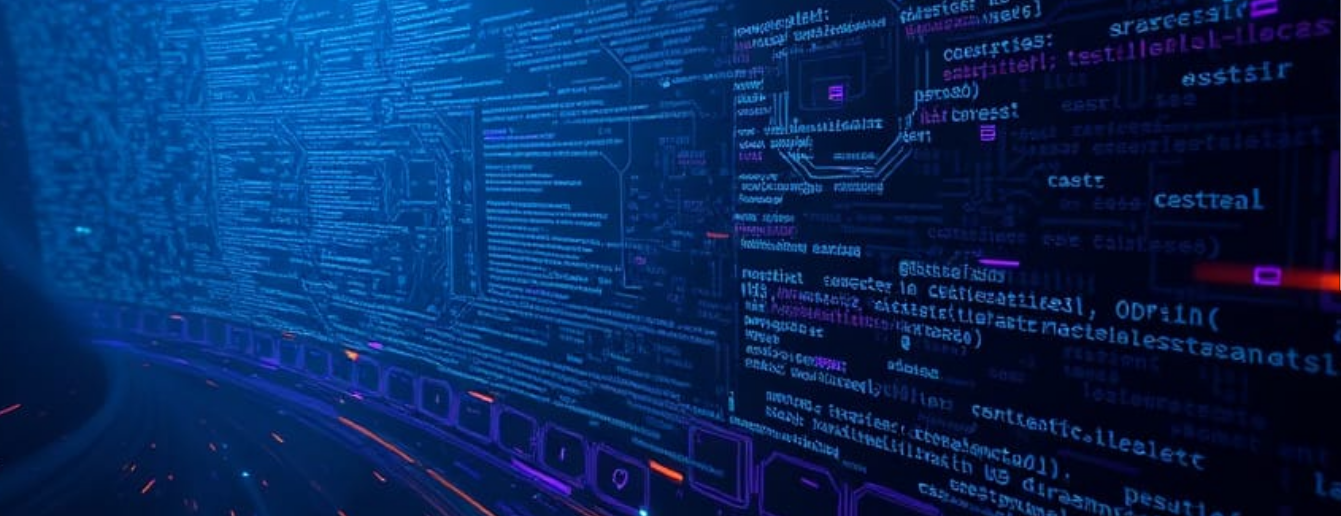Imagine you’re trying to answer a tough question, but your brain doesn’t have the specific information. What do you do? You probably look it up – maybe on the internet or in a book. Retrieval-Augmented Generation, or RAG, is a way to give AI models a similar ability. Think of a powerful AI language model as someone with a vast general knowledge. It can write stories, translate languages, and answer many questions based on what it has learned during its training. However, this knowledge has its limits. It might not know about very recent events or specific information that wasn’t part of its training data.
This is where RAG comes in. It works in two main steps:
-
Retrieval: When you ask a question, instead of only relying on its internal knowledge, the AI first searches an external “knowledge base.” This knowledge base could be a collection of documents, articles, websites, or even a company’s internal data. The AI tries to find the most relevant pieces of information to your question. It’s like quickly scanning a library for the books that seem most likely to contain your answer.
-
Generation: Once the AI has retrieved this relevant information, it doesn’t just give you snippets. Instead, it uses this retrieved knowledge, combined with its own understanding of language, to generate a comprehensive and informative answer. It’s like reading the relevant sections of the books and then writing a well-structured answer in your own words, incorporating what you’ve learned.
Why is RAG important?
- Keeps information up-to-date: AI models trained on static datasets can become outdated. RAG allows them to access and use the latest information.
- Provides more accurate and grounded answers: By grounding its answers in real-world data, RAG can reduce the chances of the AI “hallucinating” or making things up.
- Offers better context: The retrieved information helps the AI understand the nuances of your question and provide more relevant and detailed answers.
- Allows access to specific or private data: RAG can be used to enable AI to answer questions based on internal company documents or personal files that the AI wasn’t originally trained on.
In simple terms: RAG equips AI with the ability to look things up before answering, making its responses more accurate, timely, and contextually relevant. It’s like giving a knowledgeable person access to the internet and the ability to synthesize information from different sources before they respond to your queries. As AI continues to evolve, RAG is becoming an increasingly important technique for building more reliable and useful AI systems.
Links:
- Understanding Retrieval-Augmented Generation
- What is RAG (Retrieval-Augmented Generation)?
- RAG Explained: The Basics of Retrieval Augmented Generation
